TP-Link TL-SG2210MP JetStream 10-Port Gigabit Smart Switch with 8-Port PoE+ With Omada SDN Supported
• Features 8 802.3af/at compliant PoE+ ports, with total PoE power budget of 150 W and useful PoE power management features
• Omada SDN platform integration provides 100% centralised cloud management to create a highly scalable network
• Gigabit Ethernet connections on all ports provide full speed of data transferring
• Advanced security features include IP-MAC-Port Binding, ACL, Port Security, DoS Defend, Storm Control, DHCP Snooping, 802.1X, and Radius Authentication
• L2/L3/L4 QoS and IGMP snooping optimise voice and video applications
• WEB/CLI managed modes, SNMP, RMON bring abundant management features
HARDWARE FEATURES
Standards and Protocols IEEE 802.3i, IEEE 802.3u, IEEE 802.3ab, IEEE802.3z, IEEE 802.3ad, IEEE 802.3x, IEEE 802.3af, IEEE 802.3at, IEEE 802.3az, IEEE 802.1d, IEEE 802.1s, IEEE 802.1w, IEEE 802.1q, IEEE 802.1x, IEEE 802.1p
Interface • 8× 10/100/1000 Mbps RJ45 Ports, all supporting PoE+ (Auto-Negotiation/Auto MDI/MDIX)
• 2× 100/1000 Mbps SFP Slots
Network Media • 10BASE-T: UTP/STP category 3, 4, 5 cable (maximum 100m)
• 100BASE-TX/1000Base-T: UTP/STP category 5, 5e or above cable (maximum 100m)
• 100BASE-FX: MMF, SMF
• 1000BASE-X: MMF, SMF
Fan Quantity 1
Physical Security Lock Yes
PoE+ Ports(RJ45) • Standard: 802.3at/af compliant
• PoE+ Ports: 8 Ports
• Power Supply: 150 W
Dimensions ( W x D x H ) (294 x 180 x 44 mm)
Mounting Rackmount/Desktop
Max Power Consumption • 12.2 W (110 V / 60 Hz with no PD connected)
• 173.9 W (110 V / 60 Hz with 150 W PD connected)
Max Heat Dissipation • 41.63 BTU/h (with no PD connected)
• 539.35 BTU/h (with 150 W PD connected)
PERFORMANCE
Switching Capacity 20 Gbps
Packet Forwarding Rate 14.9 Mpps
MAC Address Table 8K
Packet Buffer Memory 4.1 Mbit
Jumbo Frame 9 KB
Product Last Updated:





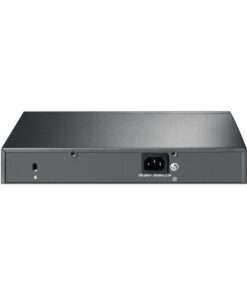



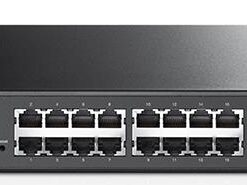
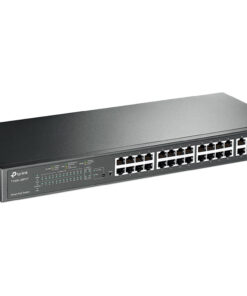
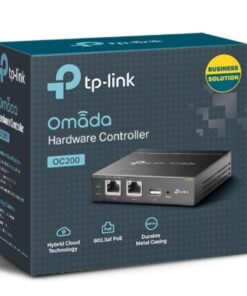
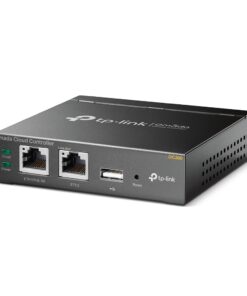
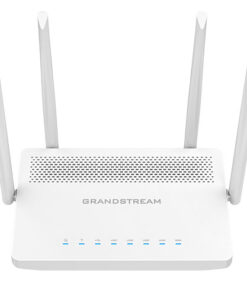
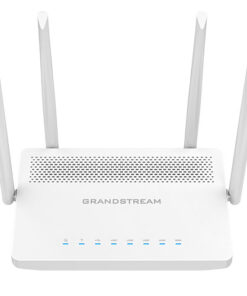
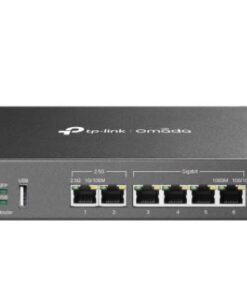
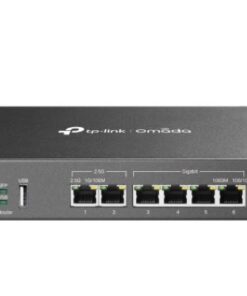





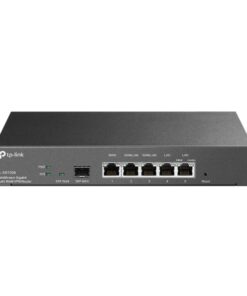

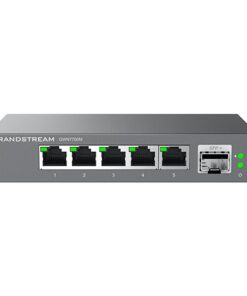
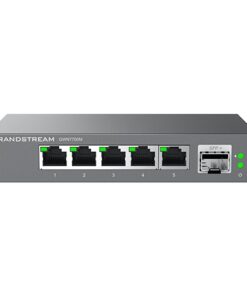

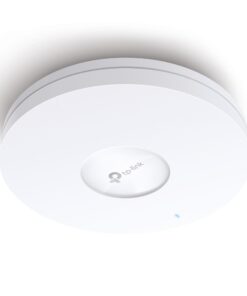
Jonathan Wright –
I recently installed the TP-Link SG2210MP 10-Port Gigabit Smart Switch, and I have to say, I’m quite impressed with it! Right off the bat, the eight PoE+ ports are a game-changer for powering devices like IP cameras and access points without the need for additional power sources. It has a total PoE power budget of 150 W, which seems generous enough for my needs. The integration with the Omada SDN platform is where things get really interesting—have you tried managing a network from the cloud? It’s like a breath of fresh air for those of us who used to deal with clunky, local management interfaces!
Gigabit connections on all ports mean I get blazing fast data transfers, which can be a huge relief when you’re streaming or transferring large files. But what about security? This switch has some seriously robust features, including IP-MAC-Port Binding and DoS defense. I feel more secure knowing that my network is protected on multiple fronts.
One thing I did wonder about was how well the QoS features would work, but I found the L2/L3/L4 prioritization to be very efficient. Has anyone else noticed how much smoother their network runs with proper QoS settings? I haven’t experienced any slowdown, even during heavy usage times. All in all, the TP-Link SG2210MP offers a fantastic balance of power and functionality. If you’re in the market for a reliable switch that offers scalability and advanced features, I’d definitely recommend giving this one a shot!